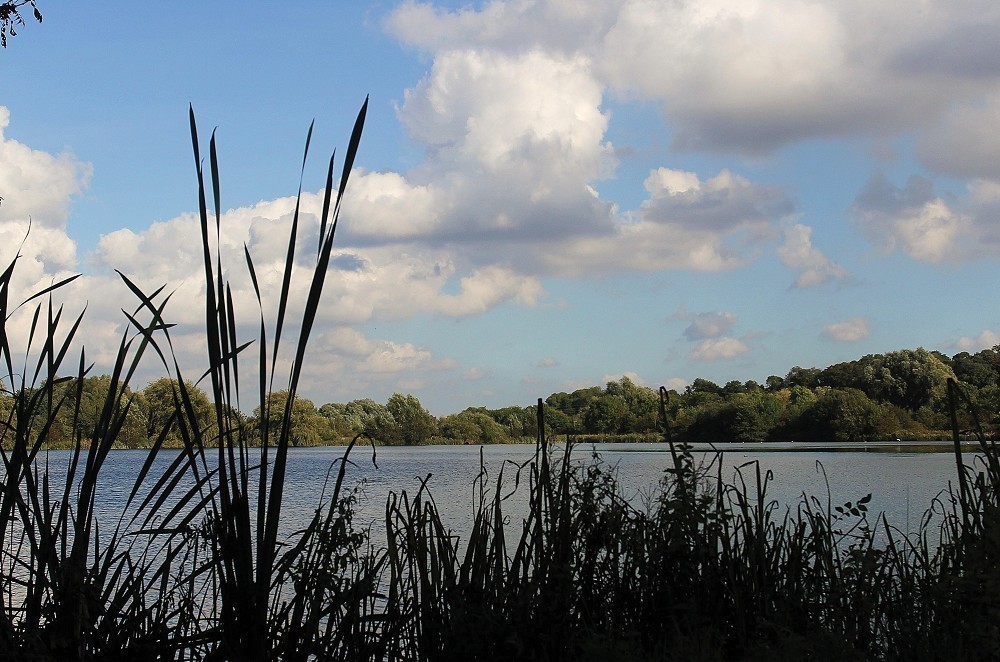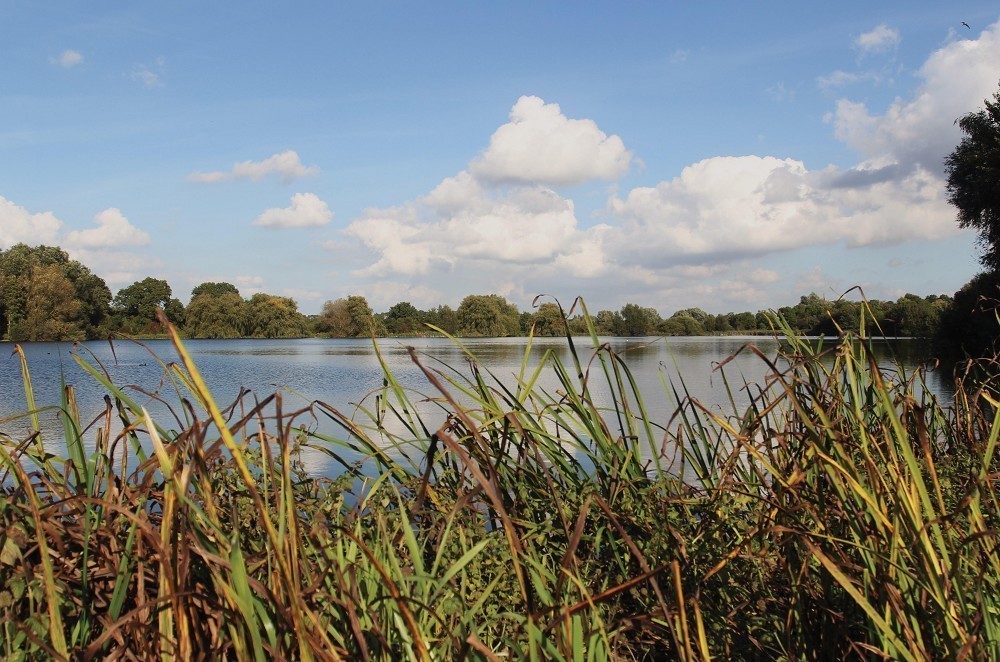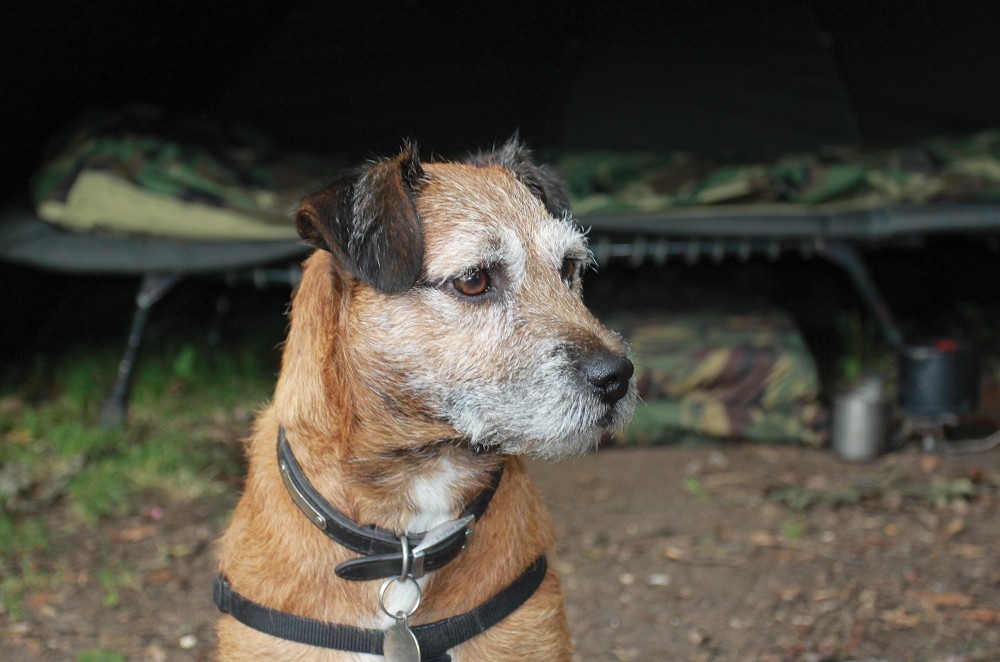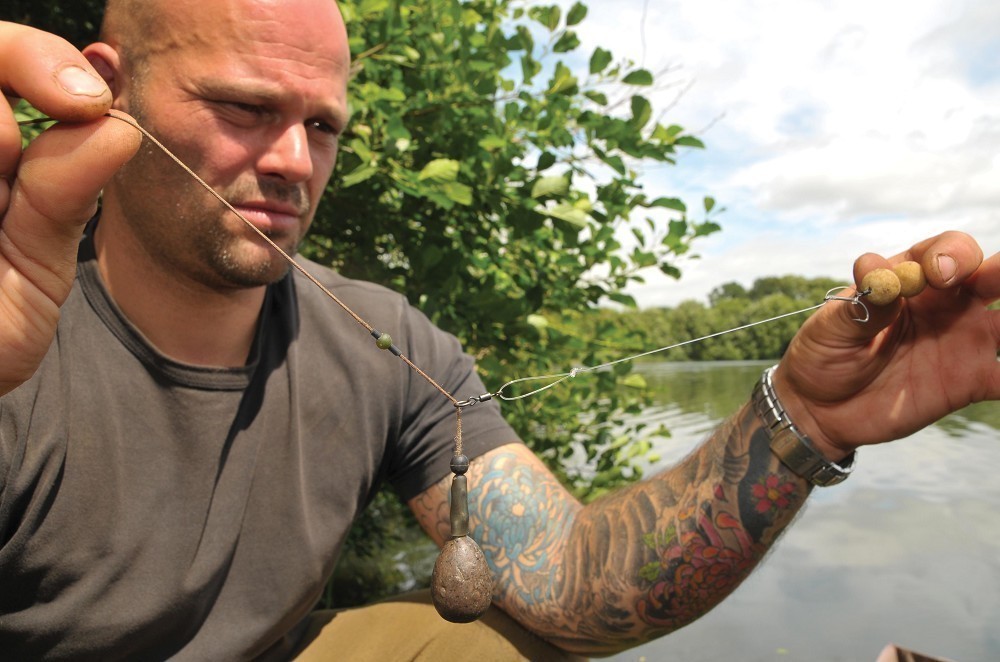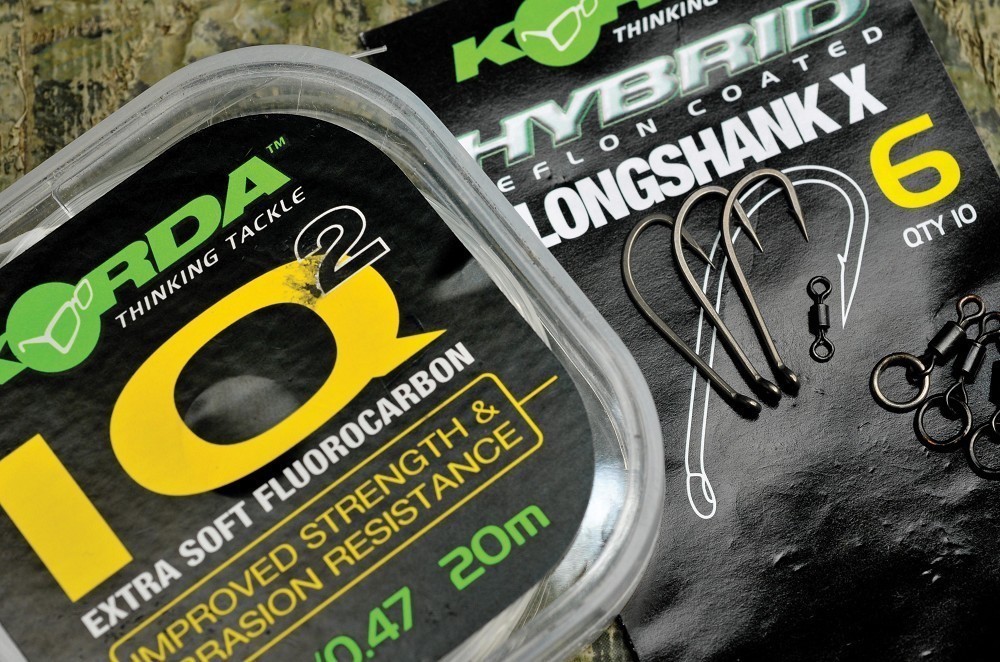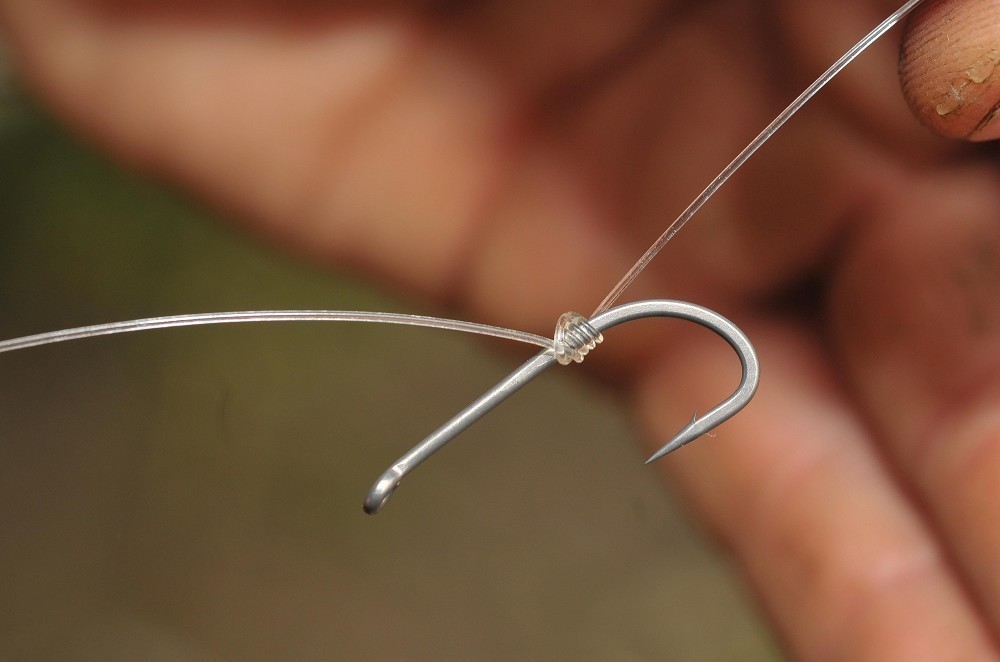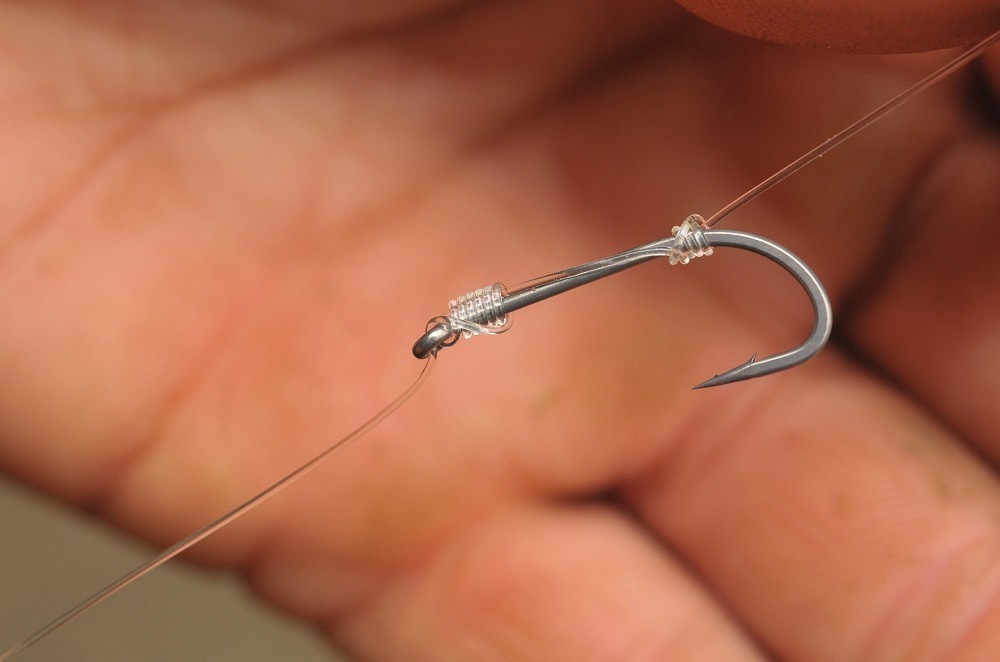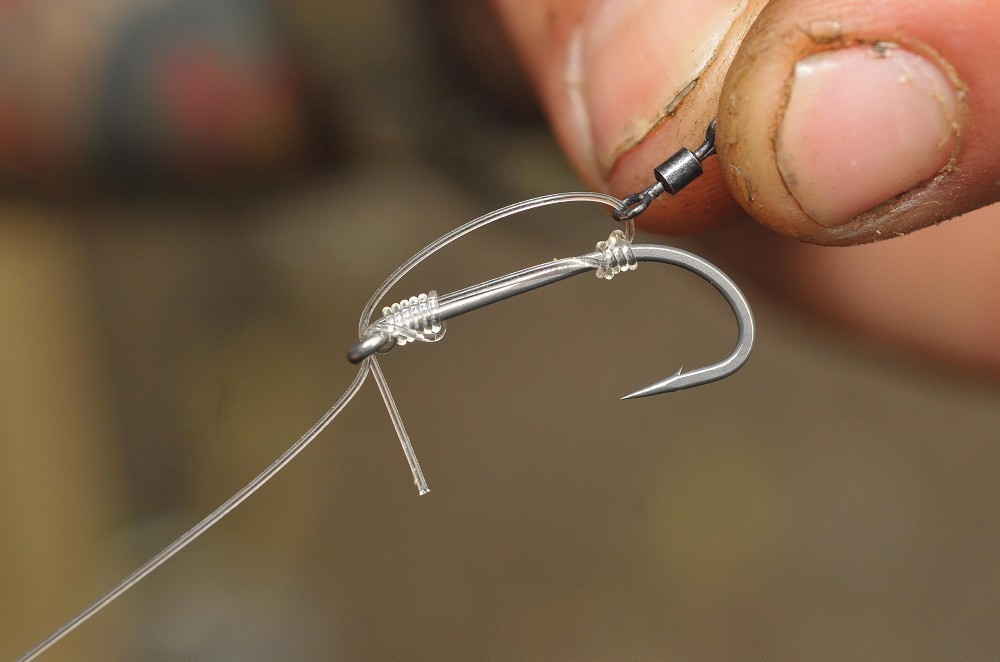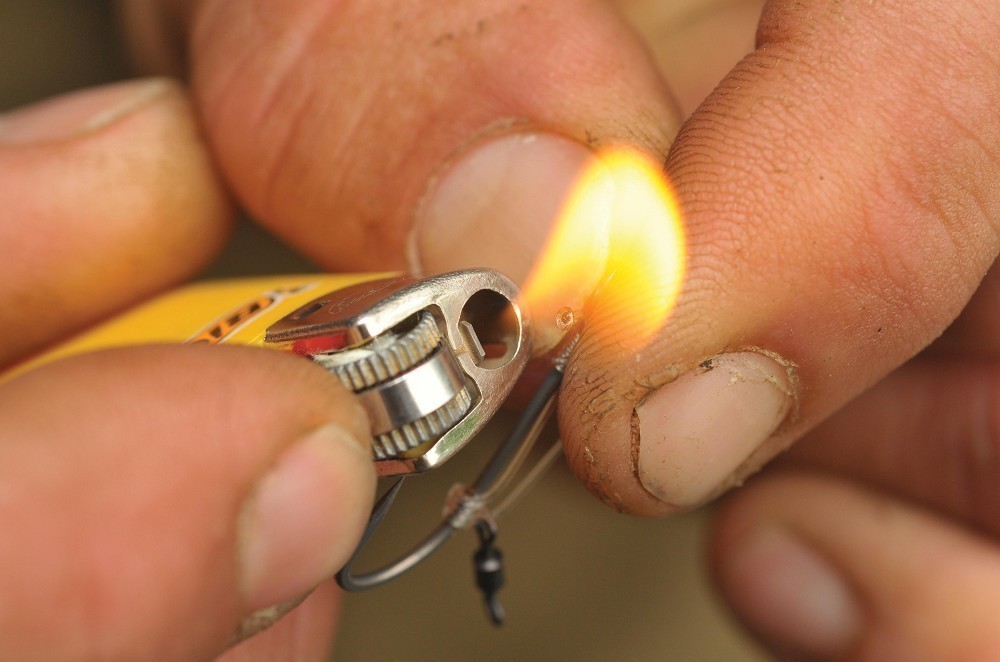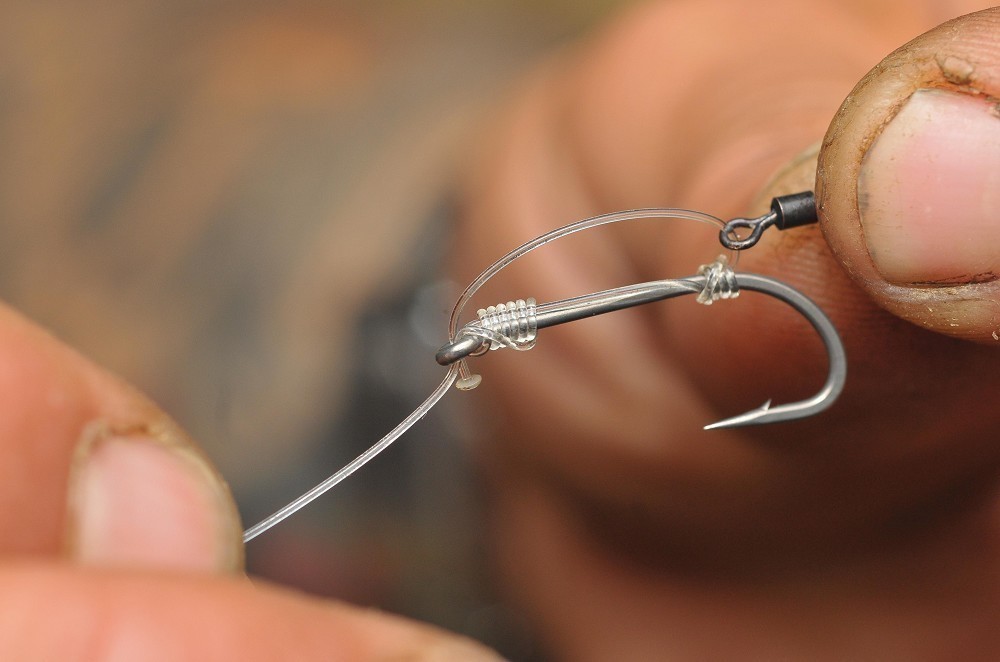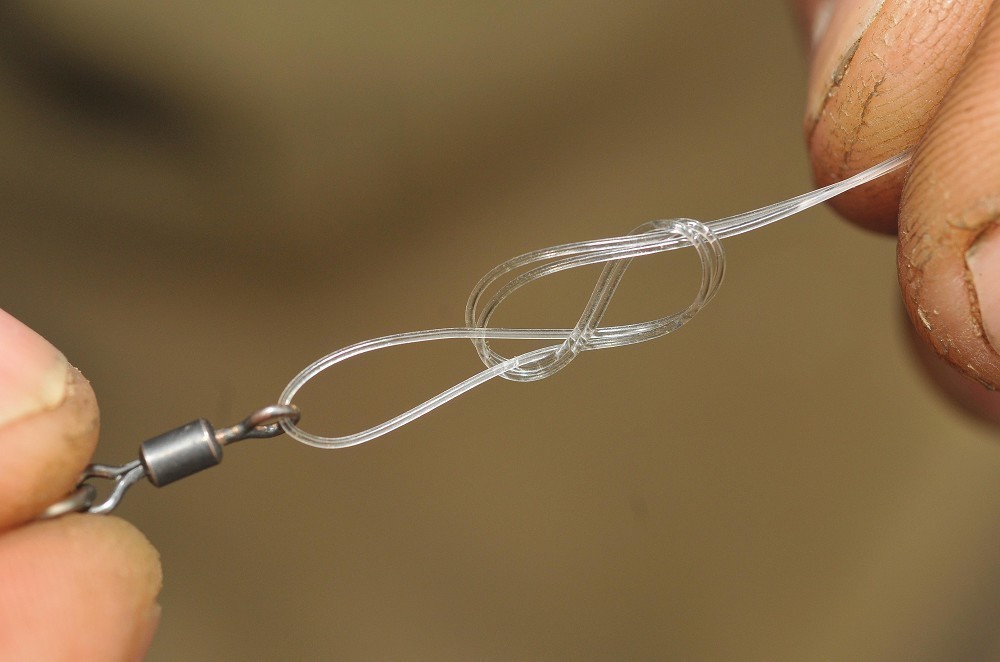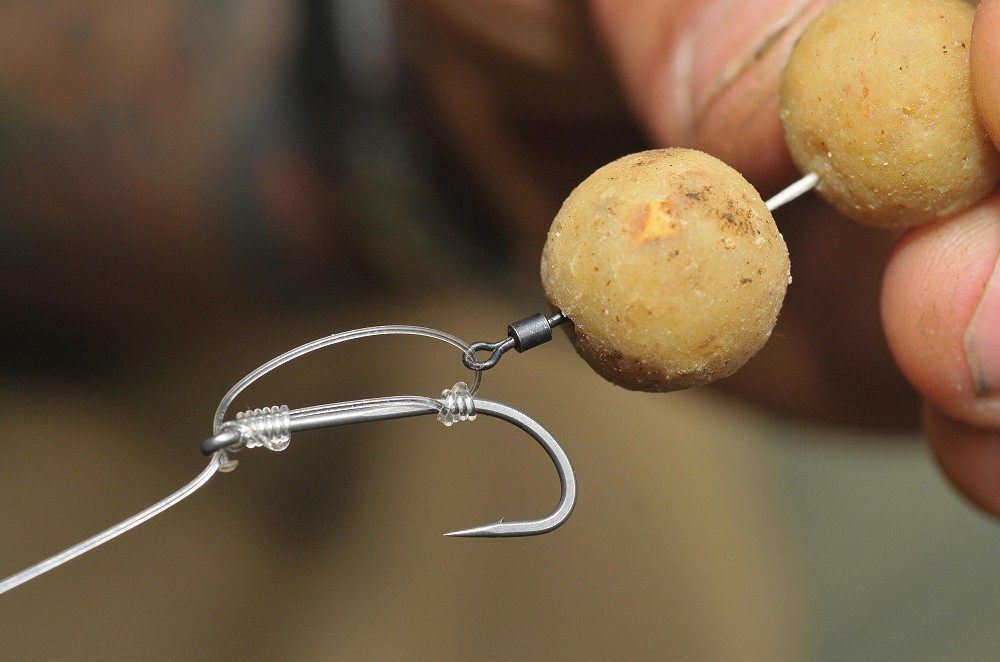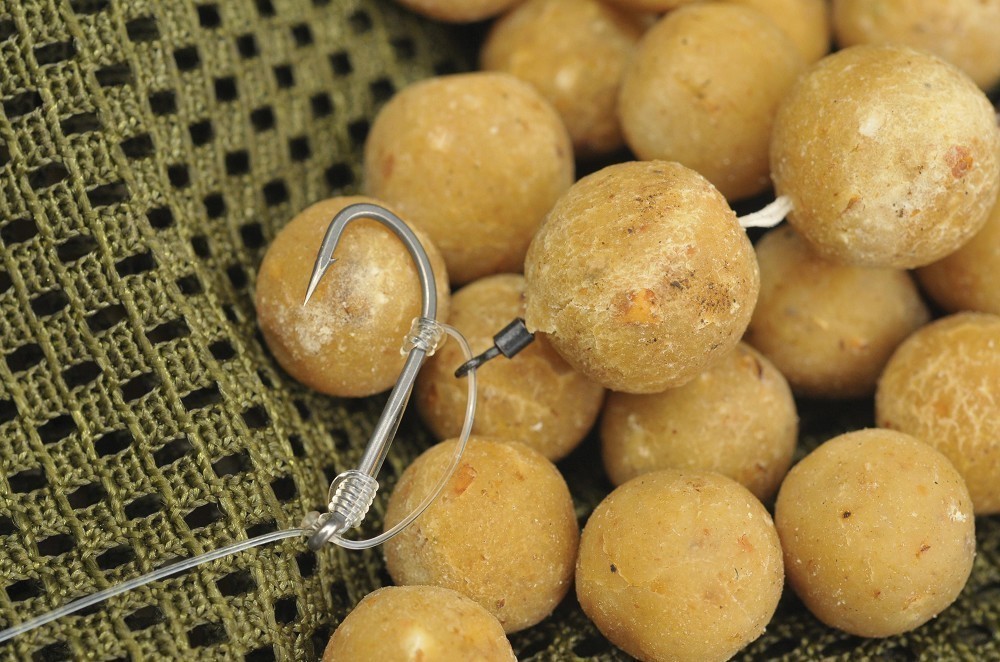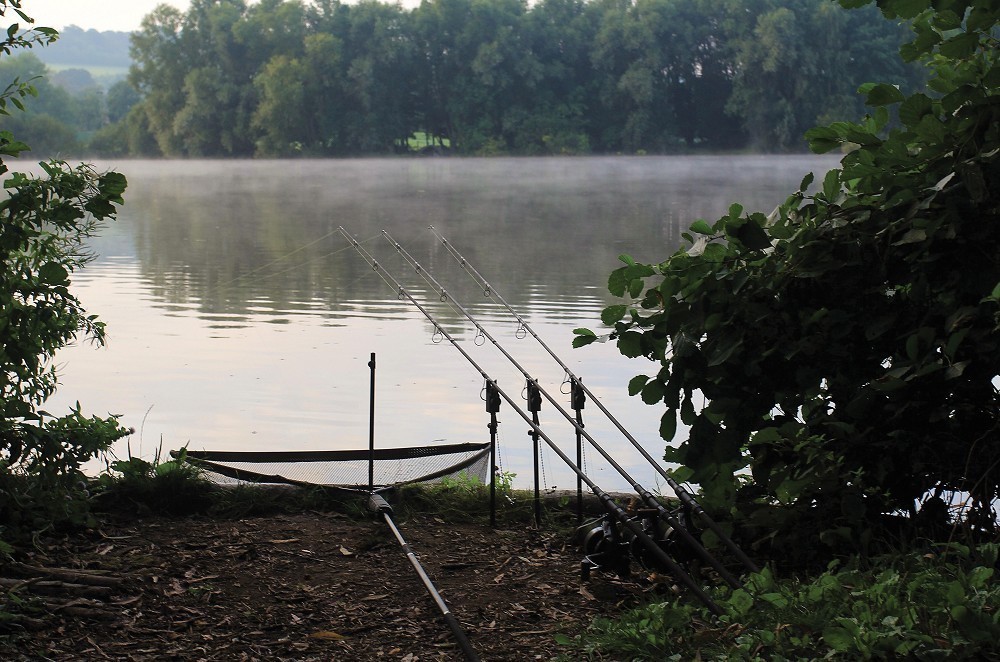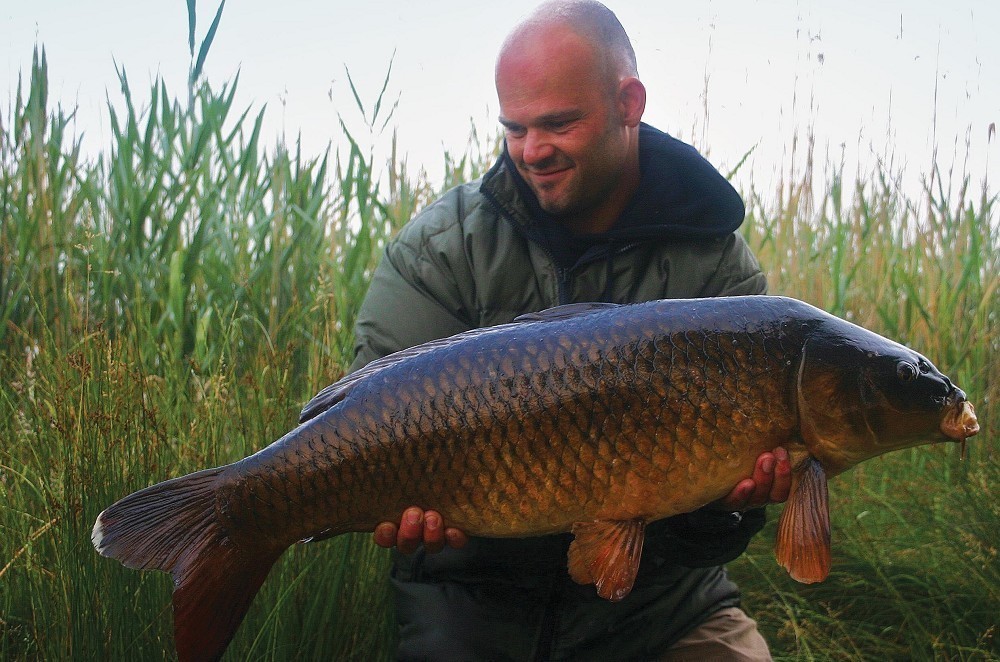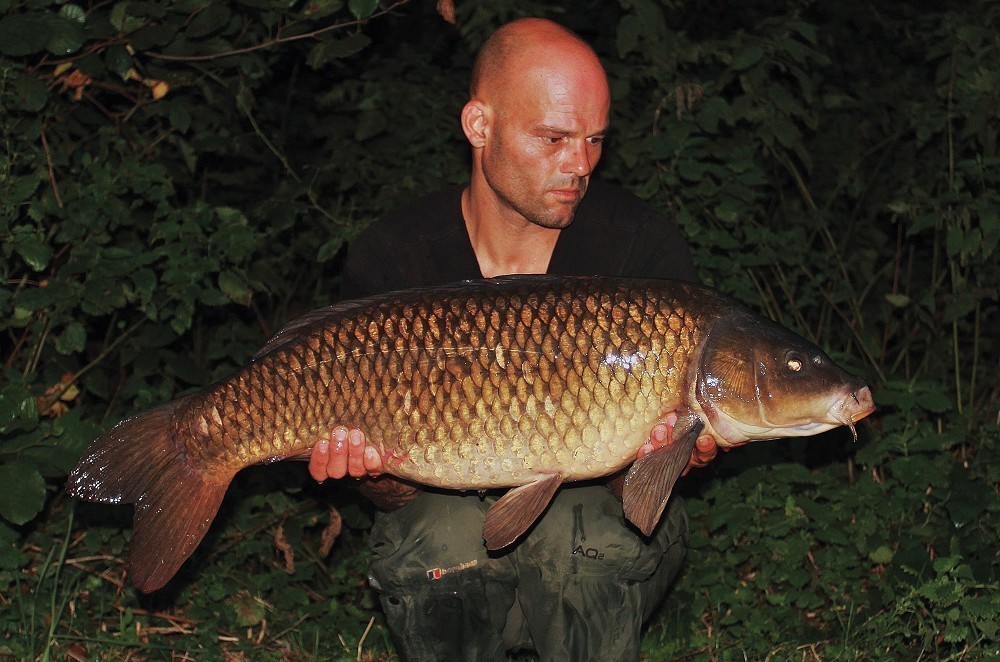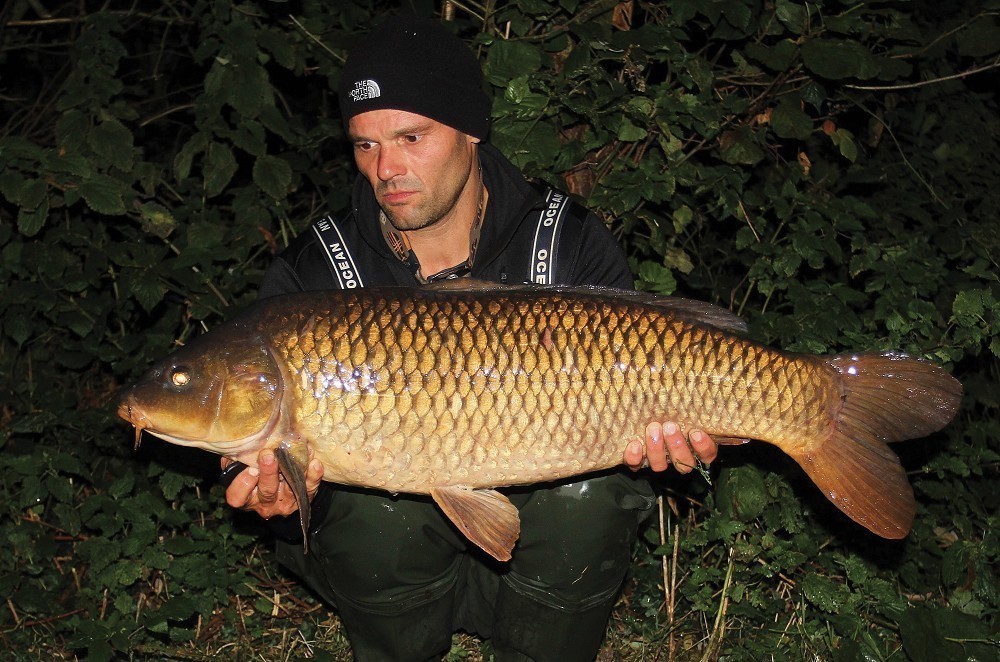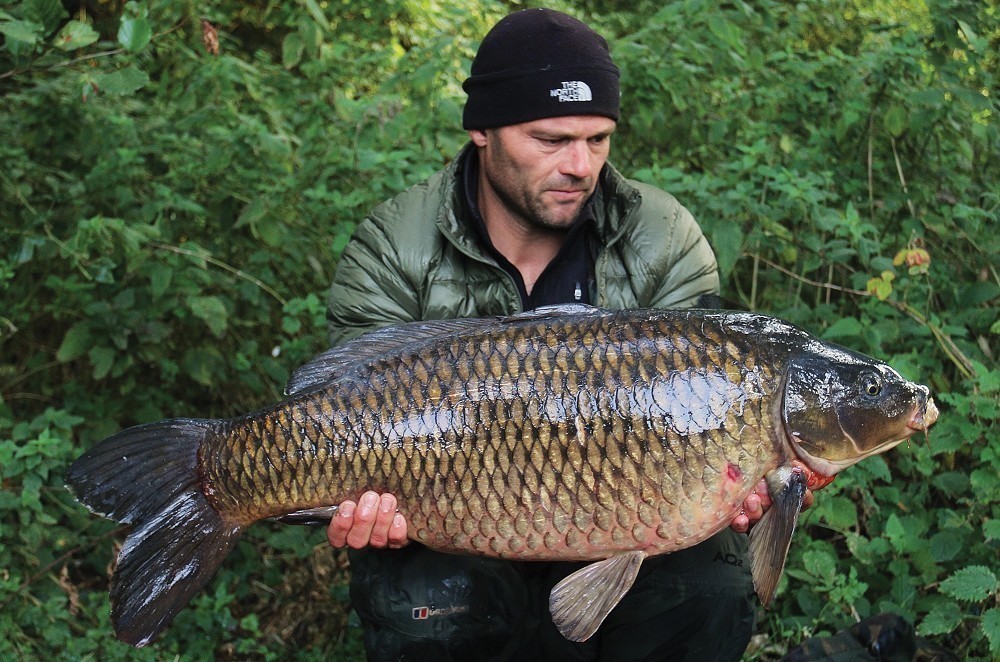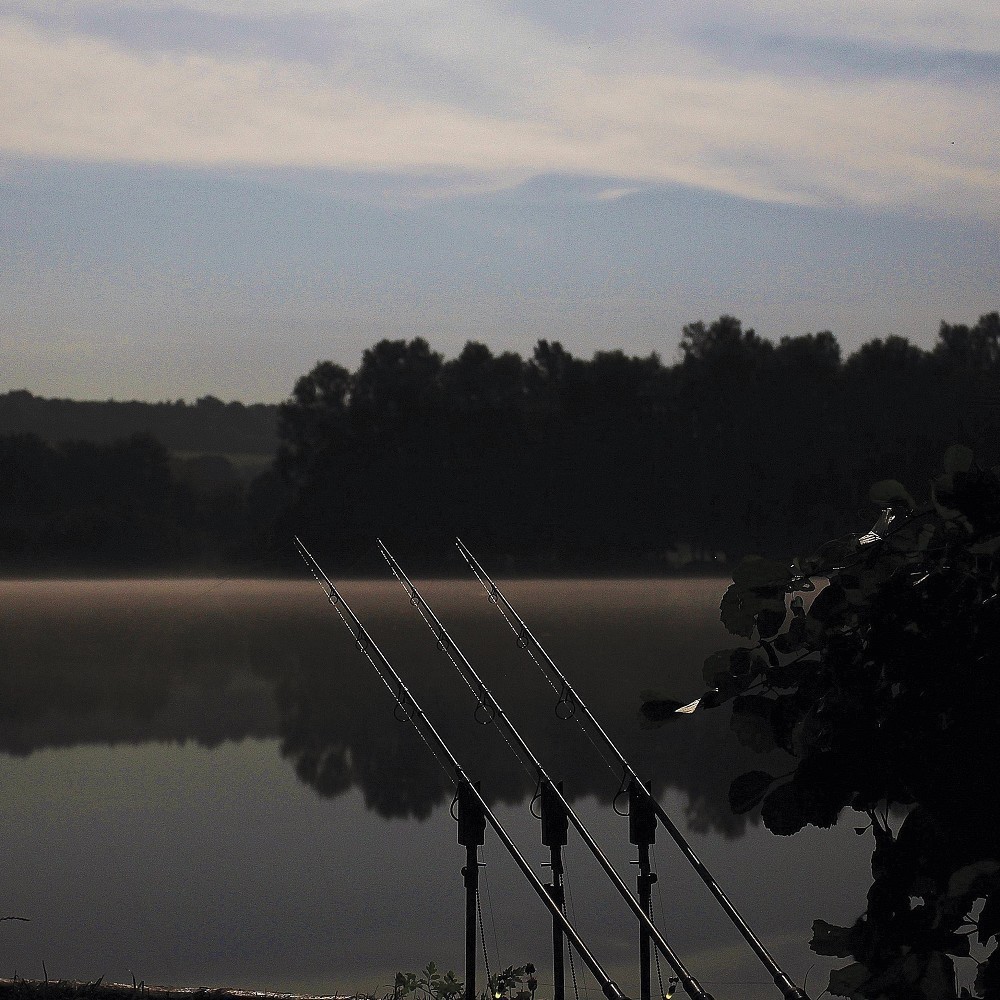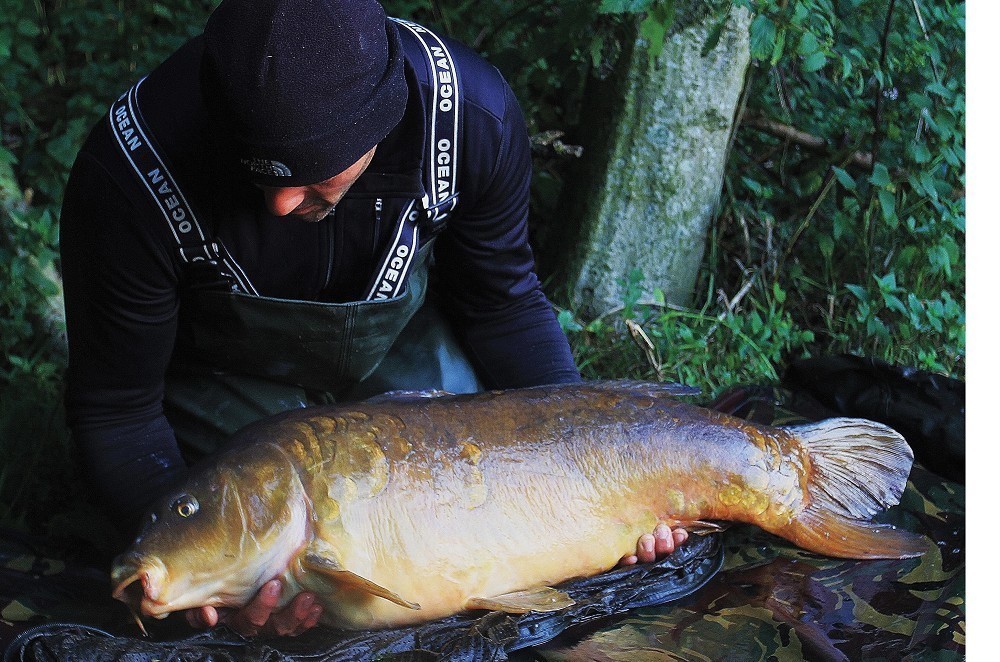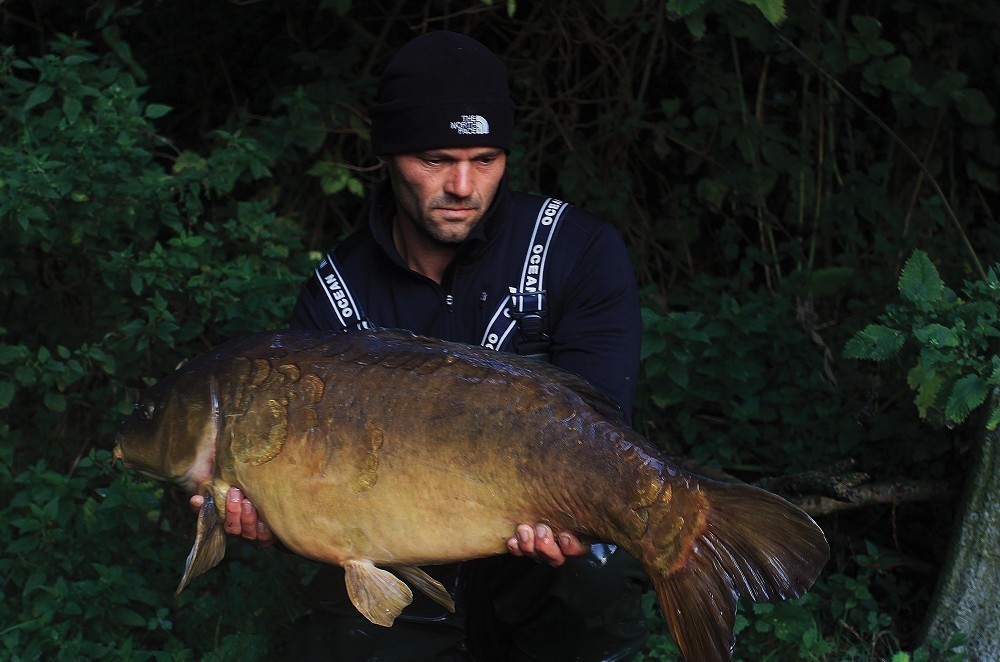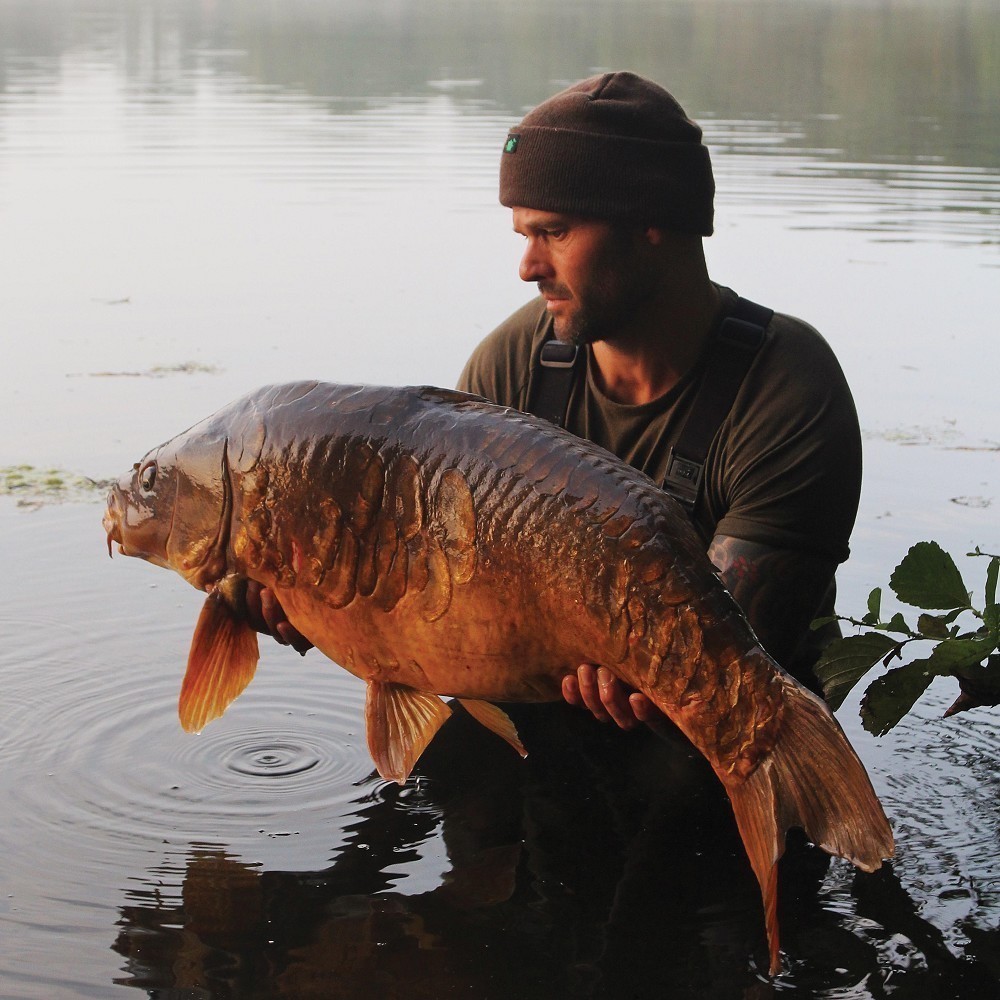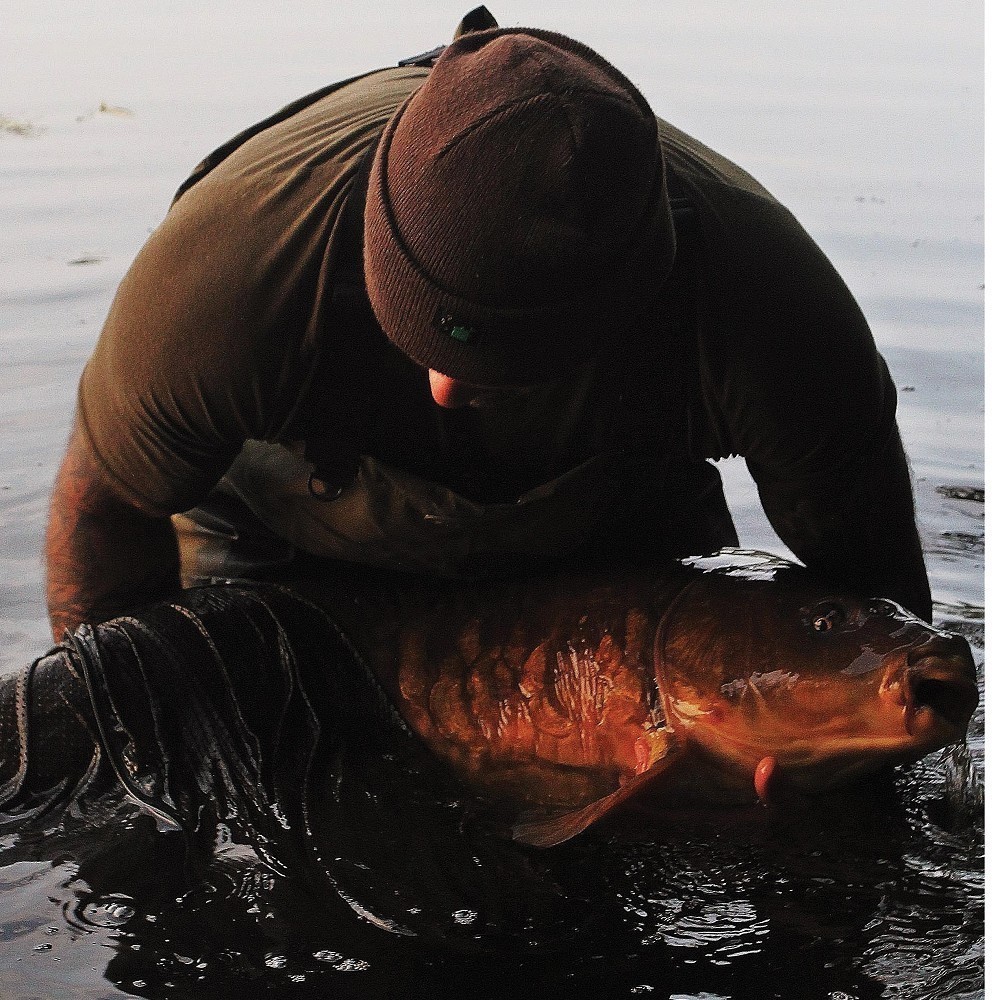How Oz Holness tackled Milton Pan
The six key elements that he believes led to his success...
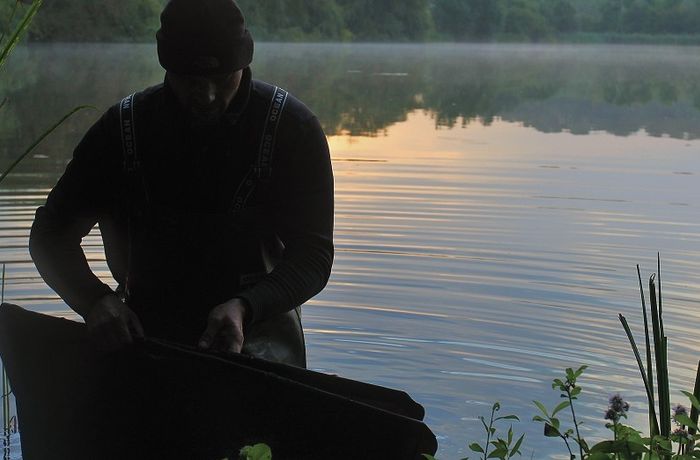
The ‘Pan’, as it’s known locally in Kent, is a gravel pit of approximately 16-acres in size, dug in the early 70’s by Brett Aggregates along with many other pits in the rich Stour valley. Originally stocked by the Kent River Board with a handful of carp, I used to walk the pit with a few mates in the early mornings, watching the carp, often in an area now called Coots Corner, going about their business, untouched by angling pressure back then.
Time ticks slowly by and sometime in the early 90’s, Mid Kent Fisheries took control of the venue and fishing was now permitted on the now maturing water. The carp had thrived and slowly Milton Pan became a notorious water in the area for both the handful of big carp it held and the huge tench that had grown on.
At some point a handful ofCapstone Mirrors went in to bolster the stock which consisted mainly of commons with very few mirrors. I would hazard a guess that the lake contains around 80 carp nowadays, with around a dozen or so mirrors, give or take a few newer stockies. But to this day the water is perhaps most famous, locally, for the original Swirly Common and the Milton Mirror.
It never ceases to amaze me how fate deals her hand where my carp fishing is concerned, and nevermore so than in 2014. After spending the best part of six years travelling up and down some of the busiest motorways in the country in a somewhat hedonistic, obsessive desire to fish waters that were a mystery to me in the most part, I felt it was time to take my foot off the gas so to speak and kick back and enjoy some home time and a bit of local angling for a change.
After flitting about for a few weeks on various waters at the back end of the summer, I was completely chilled and looking to put something in place with a bit of a challenge involved for the coming autumn. The water I had pretty much decided on spending my time had been shut due to a horrendous weed problem and so fate dealt her card and I now had to look elsewhere for the time being. I didn’t have to look far and as is often the way with carp anglers, we are always on the lookout for opportunity and are pretty good when it comes to observation.
I had noticed on my frequent journeys around the area that a lake I had lodged firmly in the back of my mind for many years was looking decidedly quiet in terms of anglers, and this was just the opportunity I was after.
The Milton Pan car park was looking bereft of motors on most occasions that I passed by, certainly in comparison to previous years when the pressure would be fairly intense both midweek and weekends alike. With an August Bank Holiday weekend due, I decided to bite the bullet and do a night or two on there, just to see how the land lay so to speak.
Those first few trips on a water are always of utmost importance in my mind as they give you a good idea of what is going on, plus a chance to plan your approach to the pit with whatever information you may glean from your observations.
Now Milton certainly wasn’t entirely unknown to me, having fished it for odd nights in previous years, mainly as social nights with mates. So I had a background knowledge of the water and the stock, including its somewhat formidable reputation as a tricky water and the tough nature of the fishing at times. All these little bits of prior knowledge add up and help formulate a plan in your head. All you need is an excuse, an opportunity and the fire is ignited.
Case study #1: Background knowledge and plan
For one thing, Milton was not without its headaches. It had a big head of large tench, as well as a good number of eels that could potentially be a complete nightmare when it came to bait and presentation. As this was to be a fairly short-term local campaign for me, with mainly overnight trips, the last thing I needed was night-time eel therapy and I would do whatever I could to avoid the tincas if possible.
The obvious answer would have been to go down the hemp and tiger route, but as tigers were banned on the venue this wasn’t possible. Aside from this, I already knew the resident carp loved a boilie and with the approach of autumn they would be actively looking for easy nutrition which I intended on giving them. This idea was further backed up when, during the first trip, I noticed many of the lads at the time were fishing small spods of particle, little traps if you like, out in the pond and handfuls of bits on the edge spots.
I made my mind up there and then to go in with 20mm boilies and lots of them. I would use a birdfood/nut-based boilie that would hopefully not attract too much eel attention and big baits and big hooks to hopefully do a damage limitation job on the unwanted tincas.
Case study #2: The first trip observations
As I mentioned earlier, the first trip is always an important one, and this was to be the case on the Bank Holiday Weekend. I had my wife with me on this trip and I chose to fish a swim the furthest walk from the car park. No easy task with two bedchairs, brollies, food, bait and all the necessaries for a weekend’s fishing balanced on one small barrow, but this swim not only commanded a great view over the whole lake but it also gave easy access to two bays, one containing a big set of snags that I knew the fish used regularly.
Once I’d set-up base camp I could wander the lake with a leading rod and learn a bit whilst keeping tabs on the snags and any fish movements. For the first night I cast simple pop-up rigs and scattered a few baits about to see what happened. Three tench between midnight and first light had me re-evaluating the tactic and I knew I would be assessing the best approach in the coming weeks.
As the sun rose that following morning, a quick recce into the snags found me staring straight into the eyeballs of not only the Swirly Common but the fish I desired more than any other at the time: the ancient, weathered and battle-scarred Milton Mirror. To see those two beasts up close and personal so soon sent a shiver down my spine and I retreated with caution from the area. My wife was in the swim next-door and I soon had her crept into position with a pair of polaroids on watching them basking in the sun whilst I quickly leaded about in front of the adjacent swim.
Not wanting to disturb or fish for them near the snags, I needed to find the routes in and out and where they may go at night. A large weedbed extended out over shallow water in an arc dropping into a smooth silty clearing before dropping in depth yet again onto a harder area with sparse weed growth amongst patchy gravel. This was perfect, almost a pathway to a breakfast table! With a dense weedbed beyond in open water and a plug of weed in the far corner of the lake, it seemed too good to be true.
I decided there and then this would be my main area of concentration and sent my wife home to pick up a big bag of bait. With the spot loaded with 10kg I was intent on being up at first light to watch any reaction. To be honest I wasn’t expecting to catch over such a blatant hit of bait and this was the case. But as I was about to pack down for the return home, a big chestnut head and wide shoulders slid out over the area. Unmistakably the Milton Mirror! I hung on for as long as possible, even catching another show on video but all in vain. My work was done for the trip, but was only just beginning in earnest for the autumn.
Case study #3: Baiting, spots and approach
Hopefully with the distance from the car park and the nights drawing in, the swim would be left alone during the week, especially as the car park areas offered easy fishing for overnighters out the back of the car so to speak. Nevertheless I had to have a back-up plan, and another swim with good weed and form on certain winds looked incredibly neglected. Some work would be done here too and hopefully this would pay off in the coming months.
My leading rod was carefully marked-up with clips to the spots, coloured tape denoting the different areas and swims. To begin with I baited only with the throwing stick on the nights I wasn’t fishing. I would drive the van down the little concrete road, jump the fence with my rucksack and stick, leg it round to the swim and with the soft glow of the street lamps illuminating the lake’s surface, rain down a breakfast feast from the throwing stick.
With the warm early autumn we had that year I was a sweating mess and covered in bites from the marauding insects by my return home most nights. As the weeks passed I exchanged the stick for the Spomb for more precise baiting and the plan started to evolve. I would bait two nights and fish the third giving me two overnighters a week and prime conditions, as I would halve the bait quantity put out on the second night of baiting. Hopefully they would be wanting it on the night-time of the trip.
Case study #4: Tailoring the approach
As with all carp angling, nothing is a given and it’s always good to be open-minded and prepared to adapt. I had made the decision to use a double bottom bait rig with a big long shank hook and fluorocarbon hooklink for a couple of reasons. One was I wanted a rig that would put the tench off, at least a little bit, and two was that the big bait and stiff hooklink would be super efficient, tangle-proof at the range I was fishing and for any re-casts needed at night.
Most of my fishing is done with straight pointed hooks as I personally feel they give the quickest pricking potential and hence the highest efficiency for the rigs I use. In saying that, a beaked point hook is very efficient when fished over gravel due to its point being somewhat protected from being burred over. This was crucial as the spot I was concentrating on here had patchy gravel amongst the more silted over spots and as much as I felt for the changes in the bottom structure I had a few incidences of the point being turned over on my hook of choice. I made the immediate decision to change to the Choddy hook, a beaked hook that still sat well with the stiff hooklink and would resist the chances of being ruined if it was moved about by tench etc. A good move in the long run.
Oz's Stiff Bottom Bait presentation
Case study #5: Preparation and the finer points
The preparation needed to execute these types of campaign is all consuming and not generally sustainable for long periods of time. Most of my free time was spent overhauling the kit, checking everything was stocked up and that bait was defrosted and prepared as per requirements. As everything fell into alignment I ensured I had sufficient rigs tied up and my lines were marked, paced out and checked before each trip. Quite often I was finishing work and on arrival at the lake would load the barrow and literally run round to the swim like a man possessed.
I had dropped down to fishing just two rods with minimal kit and would cast the rigs out in the failing light and scatter some baits out into the rings with the stick before setting up the brolly for the night.
By now, a few weeks into the fishing it had become apparent that most of the carp activity was in the dark hours, often the way with the approach of autumn. Minimum disturbance and fuss would ensure that opportunities came quickly, often within hours of casting. The rig was working and the bait was doing its job. I just needed to get the right fish visiting the area and I knew from my early sighting a certain mirror was possibly on the cards.
Case study #6: When it comes good
With the confidence of a few captures and the sighting of fish most mornings I was there, I couldn’t wait to cast the rigs in and the fishing nights couldn’t arrive quick enough. We were now well into September and things were rocking. Nature was playing her part and being kind with the weather, settled warm and consistent. Everything was in a groove. I had caught a few of the lake’s commons up to 33lb and they were stunners; long, dark, powerful fish and pure, ferocious scrappers all of them.
I turned up after work one night and in my haste to get to the swim I failed to see a barrow lodged firmly in the gap between the trees. Getting round there my heart sank as things were flying now, but I had a glimmer of hope. The guy wasn’t set-up and was undecided where to fish. I pulled a real swervy one and manoeuvred my kit into a swim along the adjacent bank. Thinking I’d seen fish, he was soon round for a chat and shortly after was in the swim to my right. After making him a cup of tea as a sort of Karma peace offering, I shot round to the baited plot and set to work. Soon after dark he arrived in my swim returning my cup with a quizzical look on his face – and just as the left-hand rod ripped off! He stood there dumfounded as I calmly tried to explain that I’d seen one show and moved on dark. He knew the score though and we laughed about the mind games.
Two more bites came in the dark and resulted in two more commons from The Pan. Then, just as dawn broke, the rod was away again only this time a mirror at last, The Little Milton… surely a sign from the Gods, I hoped, and a big boost from the hard work and tireless baiting. A few pictures done in the morning mist and I was off home, already planning my return later that week, coinciding with the big Harvest Moon.
I felt almost sick with anticipation as the day drew closer. Would someone be in the swim? Was this the night I’d been working towards? The buzz was immense and I could hardly contain my desire to be fishing. Work was just a formality that day and I just needed to be at the lake. I threw the lock open and raced up the track that evening, a desperado in every sense. It was pure and academic that night, a few little liners in the early hours, and shortly before dawn a one noter, the spool fizzing and the rod feeling like it was attached to the very devil himself.
In the cool mists of a September morning the Milton Mirror was mine for a moment. A few more captures over the coming weeks and the autumn was done, fourteen bites in sixteen nights angling. It felt exceptional and I didn’t want to spoil the buzz. It was time to move on. When I look back now at that period, it was a few weeks of pleasurable graft and constant anticipation, on a lake rich in local folklore and history. I really can’t help but feel the flow of events stemmed from that one sighting, so early on in the journey.





